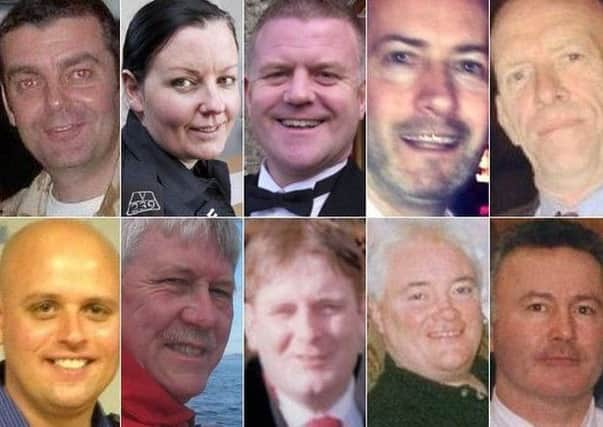Clutha crash preventable, expert tells inquiry


David Price, who was director of engineering at Bond Air Services, the helicopter’s operators, at the time of the crash, told a Fatal Accident Inquiry the wiring modifications would have mitigated against human error.
Under questioning from Peter Gray QC, representing the Babcock aviation group, owners of Bond, he stressed they were not “straightforward” and would have required “detailed assessments.” He said he hoped the suggestion would help the inquiry.
Advertisement
Hide AdAdvertisement
Hide AdThe inquiry also heard how in January 2017, Babcock rolled out mandatory changes to the fuel transfer pump switches in its EC135 models.
The FAI was previously told of how both fuel transfer switches in the cockpit panel of the Clutha helicopter were on the off’ position.
The Babcock communication stated that “as a result of ongoing investigations it has been considered necessary to make some changes,” adding that: “We need to differentiate between the fuel XFER and prime pump switches on the 12VE overhead panel in the company EC135 aircraft.
“Tactile switch covers will be installed to allow the pilot and crew to easily and quickly locate and determine the position of the XFER switches.”
Under questioning from Gordon Lamont, advocate for the Crown, Mr Price, head of maintenance and engineering at Babcock, said it was a “group decision” following consultation with test pilots and the group’s design team. The change, he said, made the switches “easier to identify.” He added that Airbus, the helicoper’s manufacturer, was working on its own modifications to the switches, a move Babcock “fully supports”.
The inquiry also heard how Mr Price told Airbus he was extremely unhappy” with the “lack of attention” it was giving to the problem of water entering the fuel tanks and the “possible consequences” of internal corrosion in the hydro mechanical unit. Asked by Shelagh McCall QC, counsel for Lucy Thomas, the fiancee of helicopter pilot David Traill, Mr Price was asked if he deemed it to be potentially an airworthiness safety issue.
He replied: “Yes, potentially, yes.”
The inquiry before sheriff principal Craig Turnbull continues.